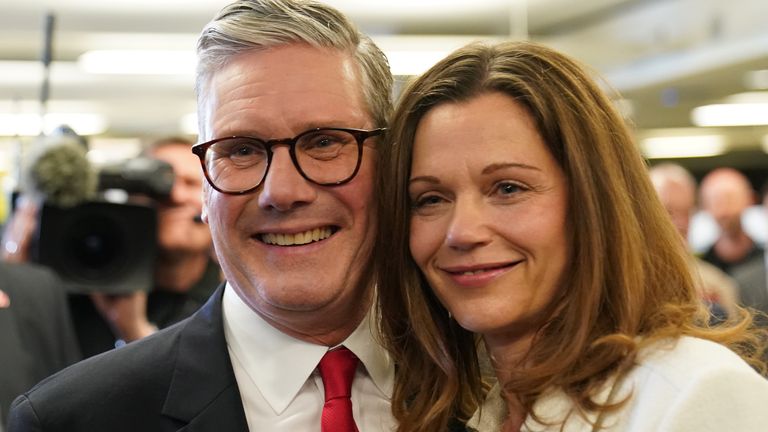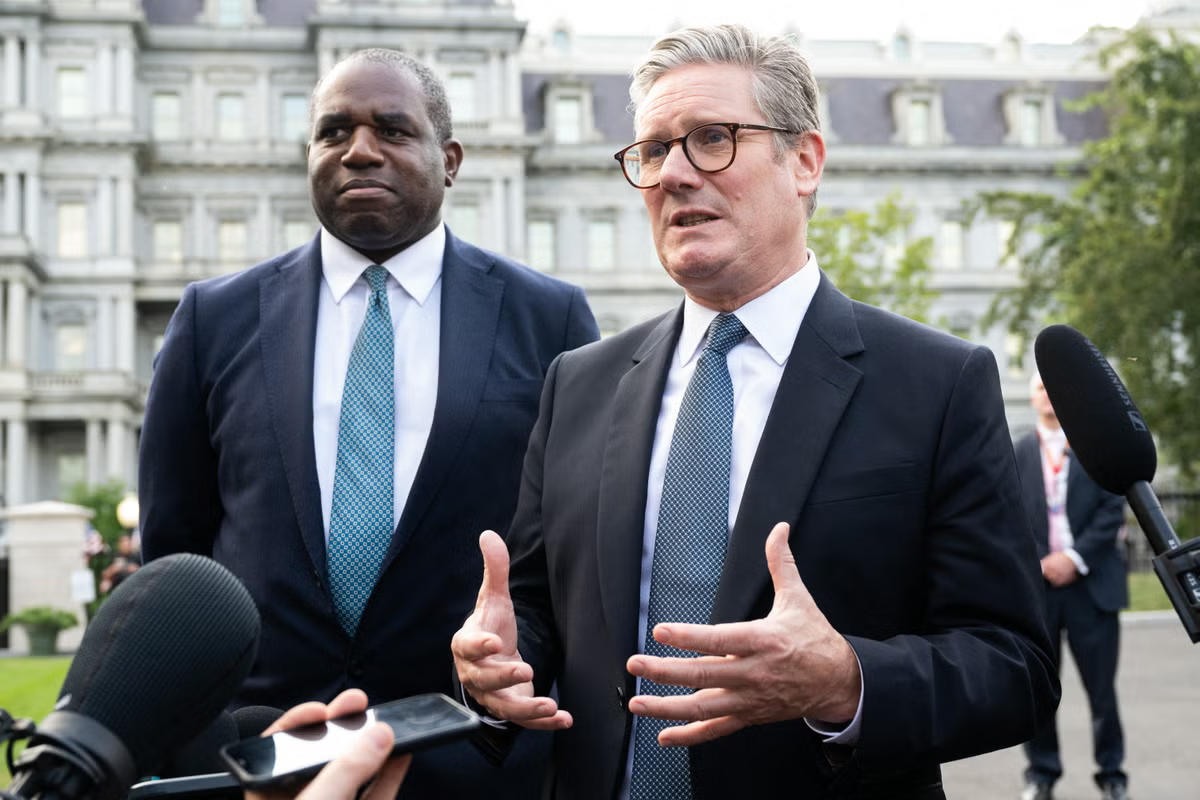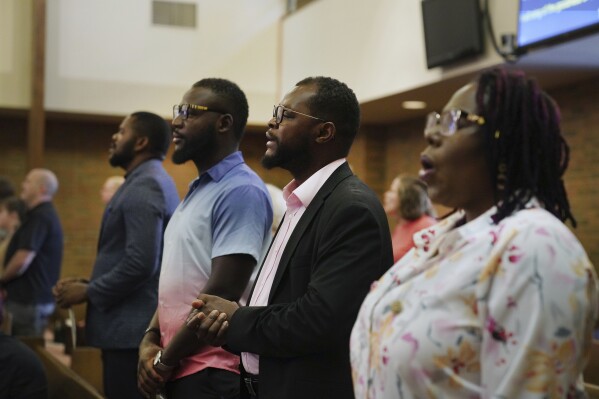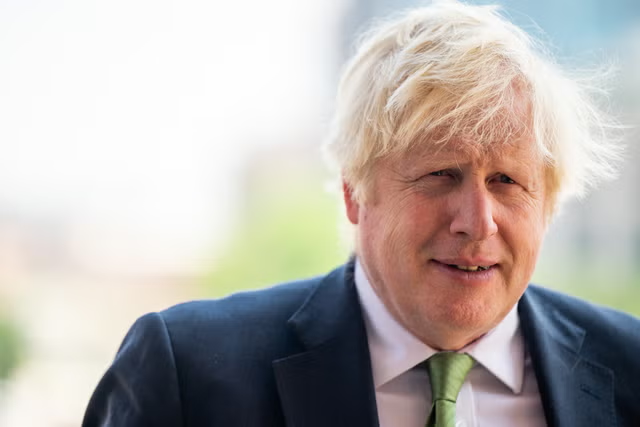Plastered around the Liberal Democrats’ autumn conference are posters of Sir Ed Davey, flanked by party activists, with a banner reminding attendees they secured “the most Lib Dem MPs ever”.
Jet skiing into Brighton Marina to open the annual jamboree on Saturday, party leader Sir Ed was clearly still enjoying the post-general election high.
But, with 2025’s local elections on the horizon, and an expected 2029 national contest, work is well underway in Lib Dem HQ to figure out how the party can add to its 72 MPs.
The Independent looks at how the party can protect its historic 2024 gains, and whether it is possible for Sir Ed to add to his growing back benches.
The Lib Dems have 49 fewer MPs than the Tories but are aiming to leapfrog them at the next election and become the official opposition.
To do so, a key part of the party’s strategy is to paint itself as a more effective opposition to Sir Keir Starmer’s government than the Conservatives.
Opening the party’s conference, chief whip Wendy Chamberlain promised to do opposition differently and work “constructively” with Labour.
But pollster Chris Hopkins, director of research for Savanta, said the Liberal Democrats were in a “tricky position”. He told The Independent: “Their voters are generally more sympathetic to Starmer and Labour than they were to Sunak and the Tories, but attacking the Conservative Party now has quite diminishing returns.
“Going on the offensive towards Labour risks going against the principles of some of their voters, so the challenging needle the Lib Dems have to thread may leave them a victim of their own success.”
Another key part of the Lib Dems’ approach is its hyper-local focus. A senior figure at the party’s conference told The Independent its MPs were already being lauded for being present in their constituencies, after what residents considered to be neglect under Conservative MPs.
It is hoping to make further gains at next year’s local elections, with the party’s councillors making up a significant chunk of its campaigning infrastructure. In the six local elections running up to July’s national vote, the Lib Dems picked up thousands of seats, eroding the Tories’ local presence and ensuring a network of ready and willing door-knockers.
With 57 seats in which the Lib Dems are fewer than 10,000 votes away from winning, most of which are held by Conservatives, much of the party’s future success depends on the ongoing Tory leadership election.
Lib Dem deputy leader Daisy Cooper on Sunday told journalists the contenders’ politics were “weird” and that none of them posed a threat to her party.
“Their politics is weird, their choice of issues is weird, they talk about issues that are not relevant to most people in the country,” Ms Cooper said.
If the Conservatives elect a right-wing leader, such as Robert Jenrick or Kemi Badenoch, the Lib Dems will be hopeful they can make further gains in once-safe Tory seats, with the party alienating more centrist voters. One senior Lib Dem MP said the champagne corks would be popping in the party’s HQ.
A major tailwind for Sir Ed is the fact Labour MPs will be fending off predominantly Tory challengers at the next election, so they are unlikely to be focused on attacking the Lib Dems.
Disclaimer: The copyright of this article belongs to the original author. Reposting this article is solely for the purpose of information dissemination and does not constitute any investment advice. If there is any infringement, please contact us immediately. We will make corrections or deletions as necessary. Thank you.



